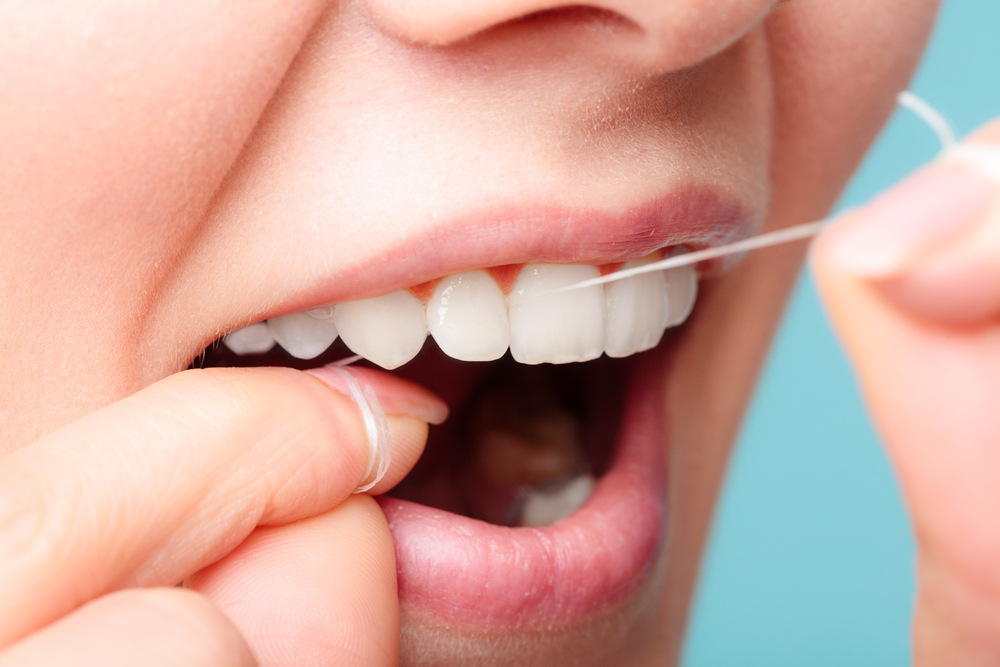Just like brushing your teeth, you also need to floss your teeth more often to improve your oral hygiene. If you don’t know how to floss your teeth properly, you are missing about 33% of the tooth surface. This guide offers proper flossing techniques and tips to help you reach ideal homecare.
What’s the correct way to floss your teeth?
Flossing keeps your teeth clean and protects them against plaque, a bacterial film that can cause tooth decay. It reduces the risk of gum diseases as well. So, If you have never flossed your teeth, you may wonder, “How do I floss my teeth properly?”
Here are some useful tips and ideas to help you floss your teeth correctly.
- How Much Floss to Use
- Types of Floss
- Flossing Motions
- Areas to Reach
- Why You Should Floss
1) How Much Floss to Use
Cut off 18 inches of floss, then wind it around the middle finger in both hands. Position the floss between your teeth and start flossing your teeth. Don’t tighten your cheeks and lips because that will make it hard to get your fingers into your mouth when flossing.
2) Types of Floss
The question we get the most often about floss, is which type should I use? String floss is the absolute best because it can contour around the sides of each tooth better than other types. However, if you aren’t going to use string floss, using a floss pick with or without a handle is better than doing nothing. Start with what works best for your lifestyle and slowly start adding new/different techniques until you are eventually able to easily use string floss.
3) Flossing Motions
After inserting string floss between the teeth, gently move it from side to side in a rubbing motion. Curving it into a C shape against a tooth when it reaches the gum line is essential to reach all parts of the tooth.
4) Areas to Reach
For effective flossing, slide the floss from between the teeth and rub the sides of your teeth. The floss will turn brown or become frayed after cleaning between the teeth. That’s because it already has a plaque, so you’ll have to unwind a new floss.
5) Why You Should Floss
Flossing comes with many benefits when done correctly. It helps remove food remains and bacteria from the teeth areas that a toothbrush can’t access, preventing infections from forming. Flossing also helps prevent bad breath because it prevents bacteria from turning into plaque.
Flawless Flossing for a Beautiful Smile
When combined with brushing, flossing can effectively boost your oral health. While their are many different types of floss, Dr. Z recommends these products, depending on your needs. The good news is that now you know the best flossing techniques and tips to help you clean your teeth and prevent tooth decay. Happy flossing!
Connect with us to learn more flossing tips to boost your oral hygiene.
